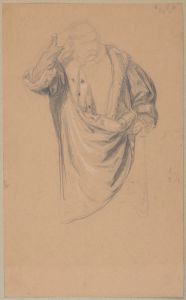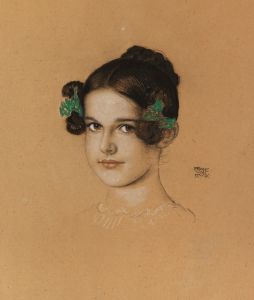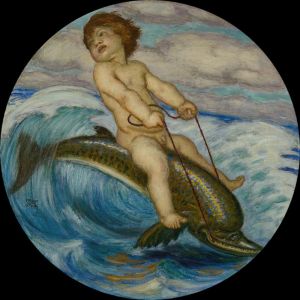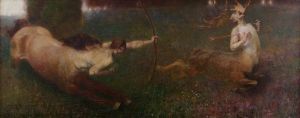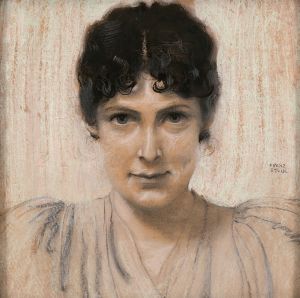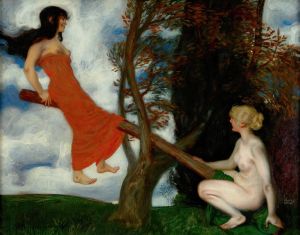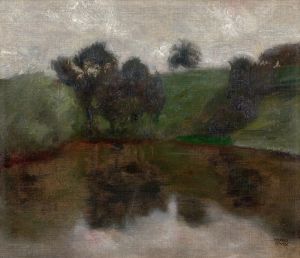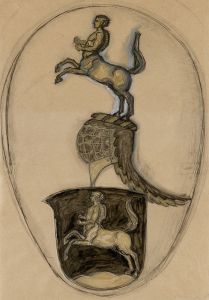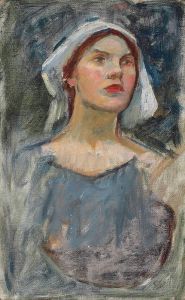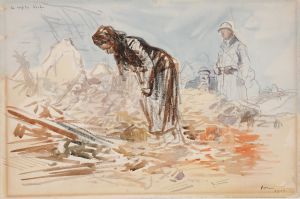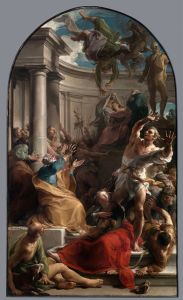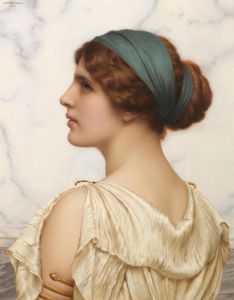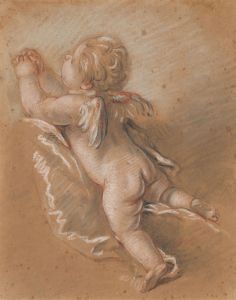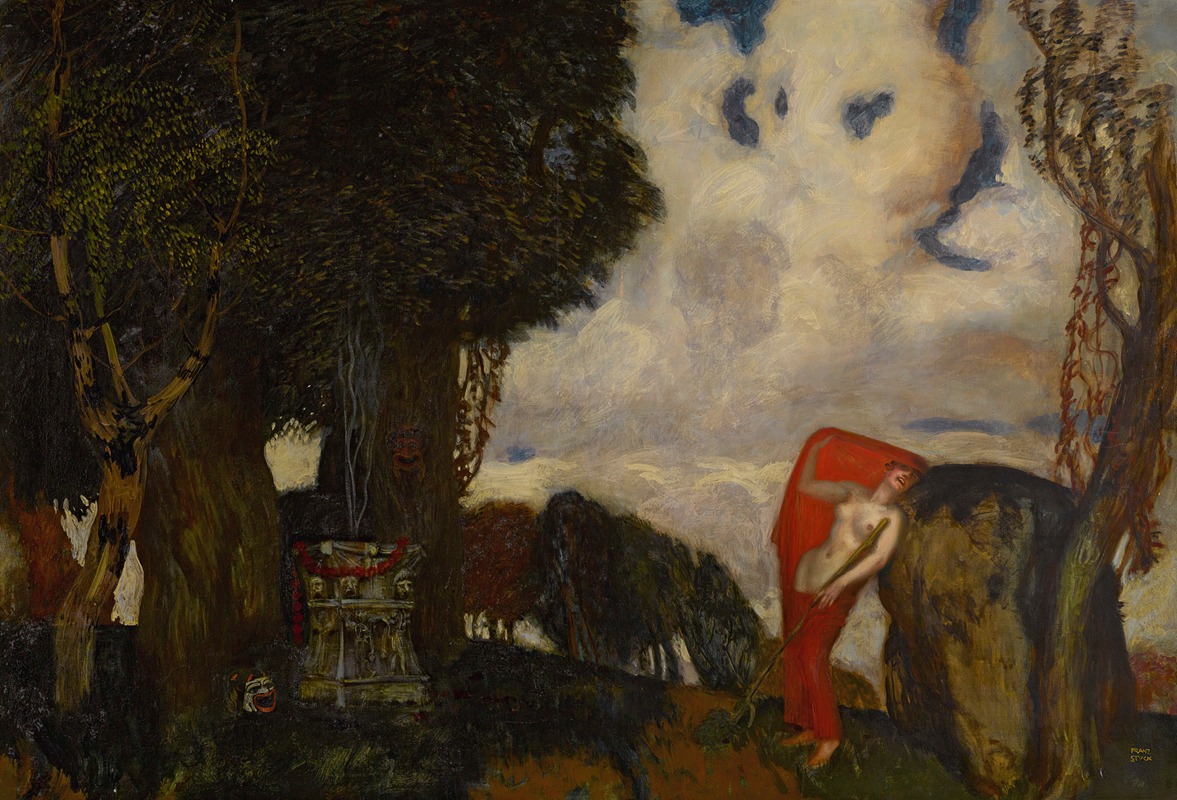
Iphigenia In Aulis
A hand-painted replica of Franz von Stuck’s masterpiece Iphigenia In Aulis, meticulously crafted by professional artists to capture the true essence of the original. Each piece is created with museum-quality canvas and rare mineral pigments, carefully painted by experienced artists with delicate brushstrokes and rich, layered colors to perfectly recreate the texture of the original artwork. Unlike machine-printed reproductions, this hand-painted version brings the painting to life, infused with the artist’s emotions and skill in every stroke. Whether for personal collection or home decoration, it instantly elevates the artistic atmosphere of any space.
Franz von Stuck's painting "Iphigenia in Aulis" is a significant work by the German symbolist artist, who was active during the late 19th and early 20th centuries. Stuck, born in 1863 in Bavaria, was a prominent figure in the Munich Secession movement and was known for his mythological and allegorical subjects, often infused with a sense of drama and emotion.
"Iphigenia in Aulis" draws its subject from Greek mythology, specifically from the story of Iphigenia, the daughter of Agamemnon and Clytemnestra. According to the myth, Iphigenia was to be sacrificed by her father to appease the goddess Artemis, who had halted the Greek fleet on its way to Troy by calming the winds. This narrative has been a rich source of inspiration for artists, writers, and composers throughout history, including Euripides, who wrote a play by the same name.
Stuck's interpretation of this mythological tale is characteristic of his style, which often combines classical themes with a modern sensibility. His work is known for its dramatic use of light and shadow, as well as its strong, often sensual, depiction of the human form. In "Iphigenia in Aulis," Stuck captures the tension and emotional depth of the moment, focusing on the psychological and emotional aspects of the story rather than merely its narrative elements.
The painting likely reflects Stuck's interest in exploring themes of fate, sacrifice, and the human condition, which are prevalent in his broader body of work. His approach to mythological subjects often involves a deep psychological insight, presenting the characters not just as figures from ancient stories but as embodiments of universal human experiences.
Stuck's work, including "Iphigenia in Aulis," is often noted for its technical skill and the way it bridges the gap between traditional academic painting and the more avant-garde movements of his time. His use of color, composition, and form demonstrates a mastery of the medium, while his choice of subject matter reflects a deep engagement with the cultural and intellectual currents of his era.
The painting is part of Stuck's broader oeuvre, which includes other notable works such as "The Sin" and "Salome," both of which also explore themes of myth, morality, and human emotion. Stuck's influence extended beyond his paintings; he was also a respected teacher at the Academy of Fine Arts in Munich, where he taught several students who would go on to become significant artists in their own right, including Paul Klee and Wassily Kandinsky.
"Iphigenia in Aulis" exemplifies Stuck's ability to convey complex emotional and psychological states through his art, making it a compelling piece within his body of work. The painting remains an important example of late 19th-century symbolist art and continues to be studied and appreciated for its artistic and thematic depth.






